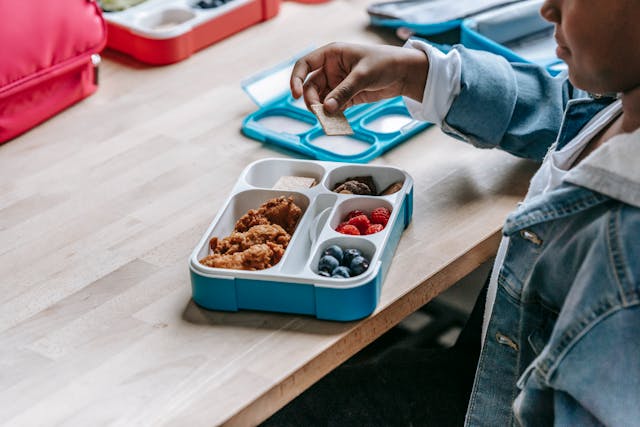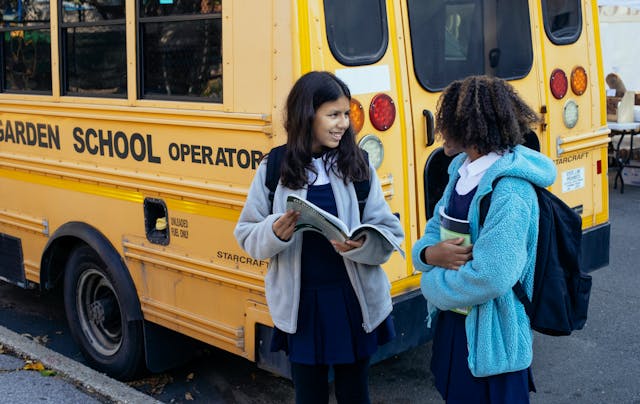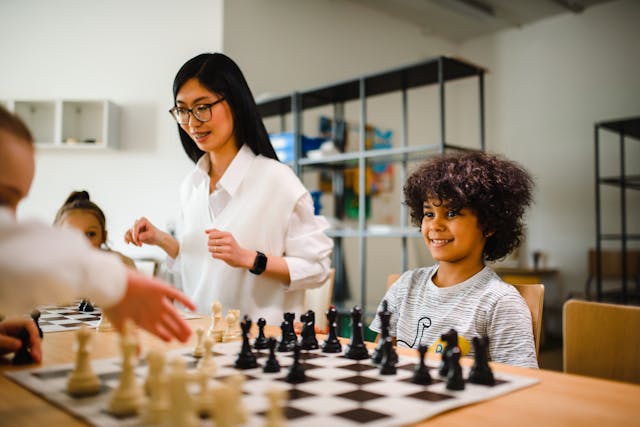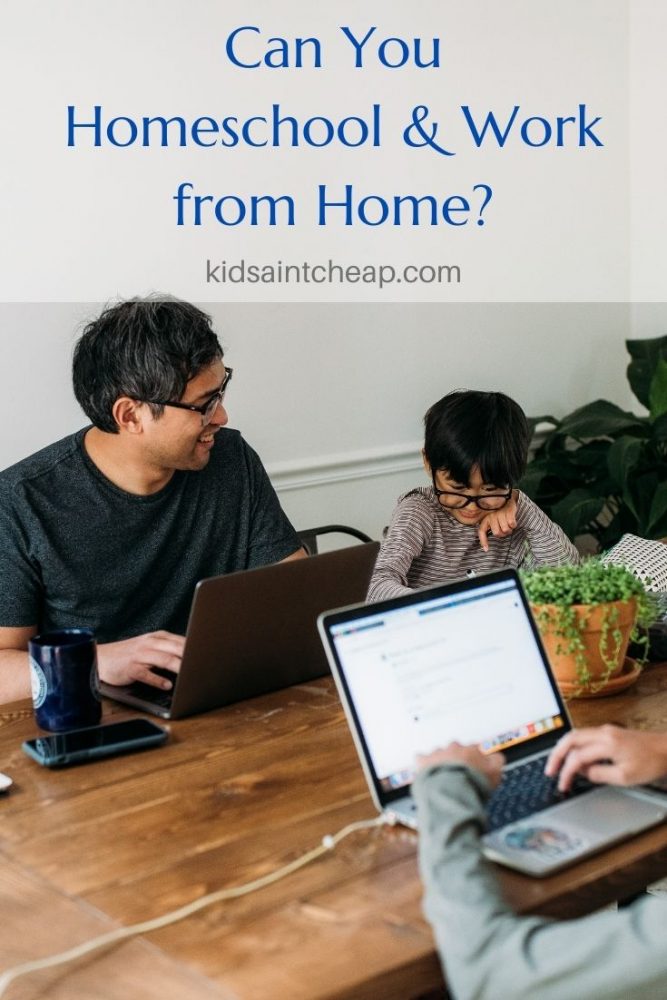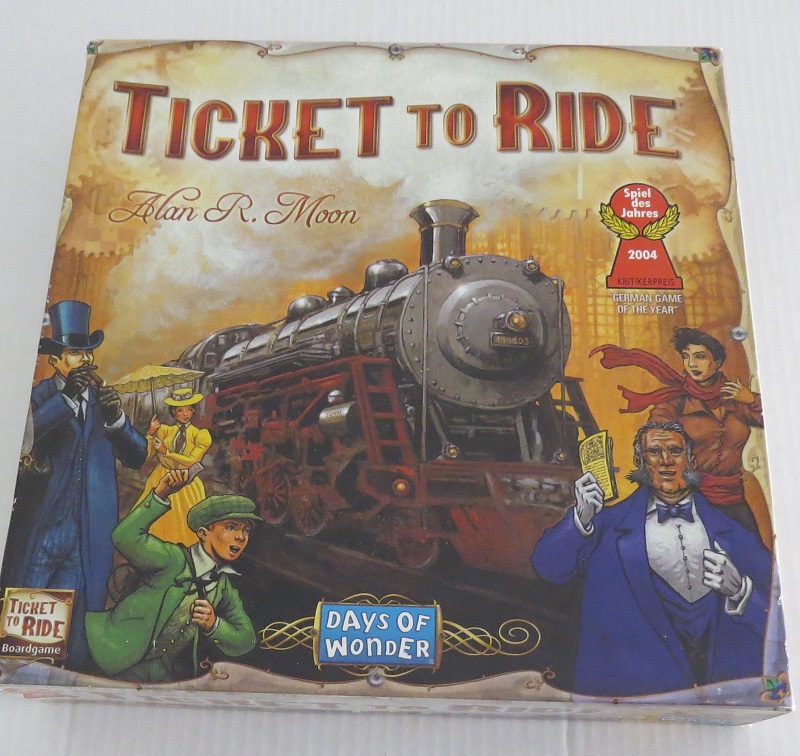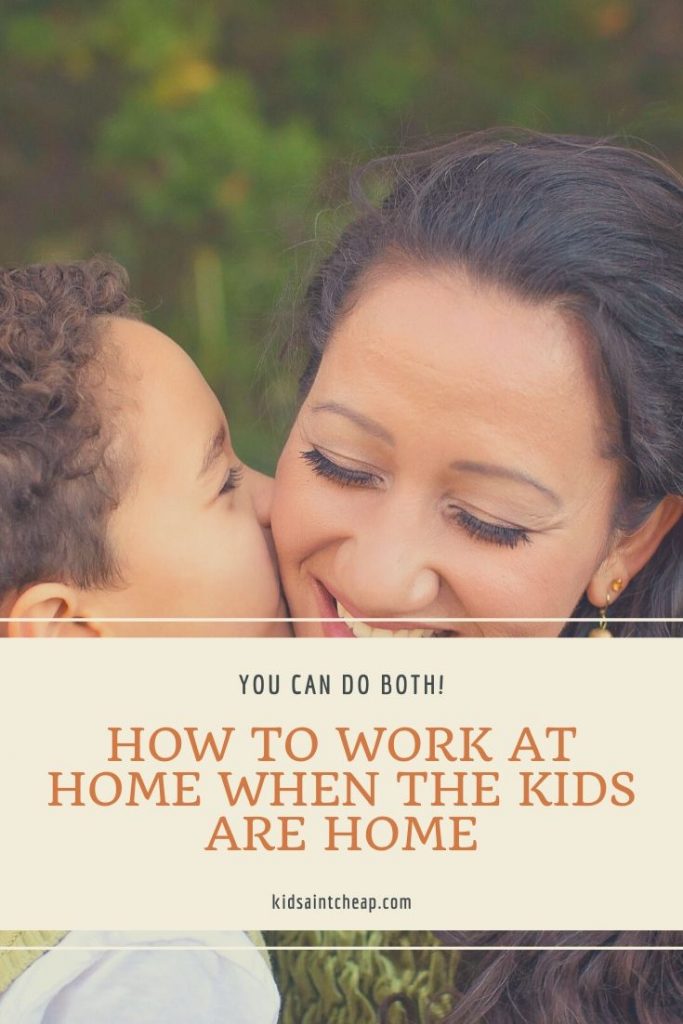If you have children attending a public school, you know it’s not truly free. From activity fees for sports to lunch money, it costs the average American family $750 or more to send a child to public school each year.
With these high costs, you may be wondering, is homeschooling cheaper than public school? We’ll break down the costs and give you the information you need to make an educated decision about your child’s education.
1. Property Taxes
Instead of being funded through tuition like private schools, public schools rely on taxes to operate. You may be surprised to learn that a percentage of your property tax goes to your local public school. Even if you don’t have kids, are homeschooling, or are empty nesters, you are still paying school tax if you own your home. This is one cost you just can’t get away from.
2. State & Federal Taxes
Is homeschooling cheaper than public school when it comes to tax deductions? You may be surprised by the answer. On the federal level, some education-related expenses like activity fees fall under qualified education expenses and are deductible only if your child attends public school. Keep in mind that QEEs do not include necessities like supplies, transportation to and from school, or medical expenses. So make sure to familiarize yourself with the guidelines and only deduct eligible costs.
It is important for homeschoolers to note that the IRS does not allow any federal tax deductions for homeschooling. A few states like Minnesota and Illinois do allow textbooks and educational materials to be deducted for both public school students and homeschoolers.
3. Food
Food is a cost that’s roughly the same whether you decide to homeschool your kids or send them to the local public school. Although school cafeterias don’t aim to make a profit, they still have to cover overheads like food and salary costs. Even though cafeterias get bulk discounts from food suppliers, it could be cheaper for your child to bring a packed lunch to school if you’re a savvy grocery shopper. It’s important to pay attention to food costs and take steps to reduce them whether you’re homeschooling or sending your child to public school.
4. Transportation
Transportation is a huge cost for many families. Unless you live within walking distance of your child’s public school, you’ll have to buy extra gas to get your kids to and from class every day. Factors that can influence transportation costs include the fuel efficiency of your car, the distance driven, and the price of gas in your area. Even if your child takes the bus, many districts charge an added fee for that convenience. So transportation is one area where homeschooling can definitely be cheaper than public school because you don’t have to leave the house.
5. Educational Materials
Is homeschooling cheaper than public school when it comes to educational materials? Probably not. Public schools typically don’t charge fees for basic educational materials like textbooks. However, children often need to pay for and bring their own supplies to school, such as glue and colored pencils.
On the other hand, homeschooling parents have to purchase a curriculum and textbooks entirely out-of-pocket. And they still have to bear the costs of essential school supplies like scissors and copypaper. While the cost of workbooks and other educational materials may be tax-deductible in your state, this is still a significant cost you’ll have to shell out.
You can expect to pay several hundred dollars each year for all of the textbooks you’ll need. However, you may be able to find used materials in homeschooling groups to save money. There are also free resources for teachers online that can help you design your curriculum.
6. Activity Fees
When it comes to extracurriculars, is homeschooling cheaper than public school? Both options are on par in terms of cost. Homeschooled children have the right to participate in any activity the school district offers. If your child is involved in school-sponsored sports or any clubs, they will likely need to pay an activity fee to cover the cost of any equipment.
Likewise, some public schools charge full-time students activity fees for classes or extracurriculars that aren’t required to graduate. You’ll also have to pay out-of-pocket if your student chooses to do extracurriculars outside of school, such as taekwondo or ballet. However, if you’re able to offer your child enrichment at home, you may be able to save money by homeschooling.
7. Tutors and Private Teachers
Both homeschooling and public school parents sometimes hire tutors for their children. If you homeschool, you may need support from a tutor for certain complex subjects, such as math or science. Public school students may also require extra instruction from a tutor, especially if they’re falling behind due to lack of individualized attention.
Tutoring costs an average of $20 to $80 an hour. A shared private teacher that you split the cost of with other families costs significantly more—expect to spend anywhere from $1,300 to $4,000 per month. However, tutoring isn’t a necessity, so you can try to do without it whether you homeschool or send your kids to public school.
8. Field trips
Every student loves field trips, but when you’re homeschooling, the entirety of the cost will fall on you. From museum and zoo passes to camps, be prepared to spend at least a couple hundred dollars each year planning learning excursions. Your local library may have passes available for local museums, which can help lessen the cost of these family outings.
You can also pay for a museum membership to reduce the price per visit, or use discount sites like Groupon to save money. Many museums offer free days a few times per year or even reduce the cost of tickets for locals.
But if you’re wondering, is homeschooling cheaper than public school, this is one area that usually costs more. Public school parents say that most field trips cost them less than $20, likely due to the educational or bulk discounts that schools can get on tickets.
9. Child Care
One area where homeschooling is potentially cheaper is childcare costs. If you don’t get out of work in time to pick your children up from school in the afternoon, you may end up paying a lot for aftercare. On average, aftercare costs between $140 and $500 per month.
If some of your children are too young for public school, you’ll likely pay even more for childcare. The price of full-time daycare can be as high as $1,500 per month, which is a cost that can be completely eliminated if you decide to homeschool from a young age.
10. Your Income
Is homeschooling cheaper than public school? To make that determination, you also have to consider any loss of income from homeschooling. If you can’t find a side hustle or part-time job that fits around your schedule, homeschooling can have a high opportunity cost.
Losing one parent’s income completely could potentially set you behind on retirement and other important financial goals. It’s important to determine if living on one salary is realistic for your family. Sending your kids to public school so you can work could be better for everyone’s future, giving you extra disposable income for investing, enriching vacations, and extracurriculars.
Wrapping Up: Is Homeschooling Cheaper Than Public School?
Trustedcare.com says that the cost of one year of homeschooling ranges from $700 to $2800. Public school, on the other hand, only costs $100 to $1000 for extracurriculars. At the end of the day, is homeschooling cheaper than public school?
Usually, public school is cheaper. However, in certain cases, parents could save money on aftercare and transportation costs by homeschooling. Even if there’s an added cost associated with homeschooling, there are many fantastic reasons to teach your kids instead of sending them to public school. Kids form a special bond with their parents when they homeschool. They also get more individualized attention and a custom curriculum tailored to their interests, which can help support their academic success in college and beyond. It’s crucial to assess your specific situation to decide which option will be better for your family.

Vicky Monroe is a freelance personal finance writer who enjoys learning about and discussing the psychology of money. In her free time, she loves to cook and tackle DIY projects.



